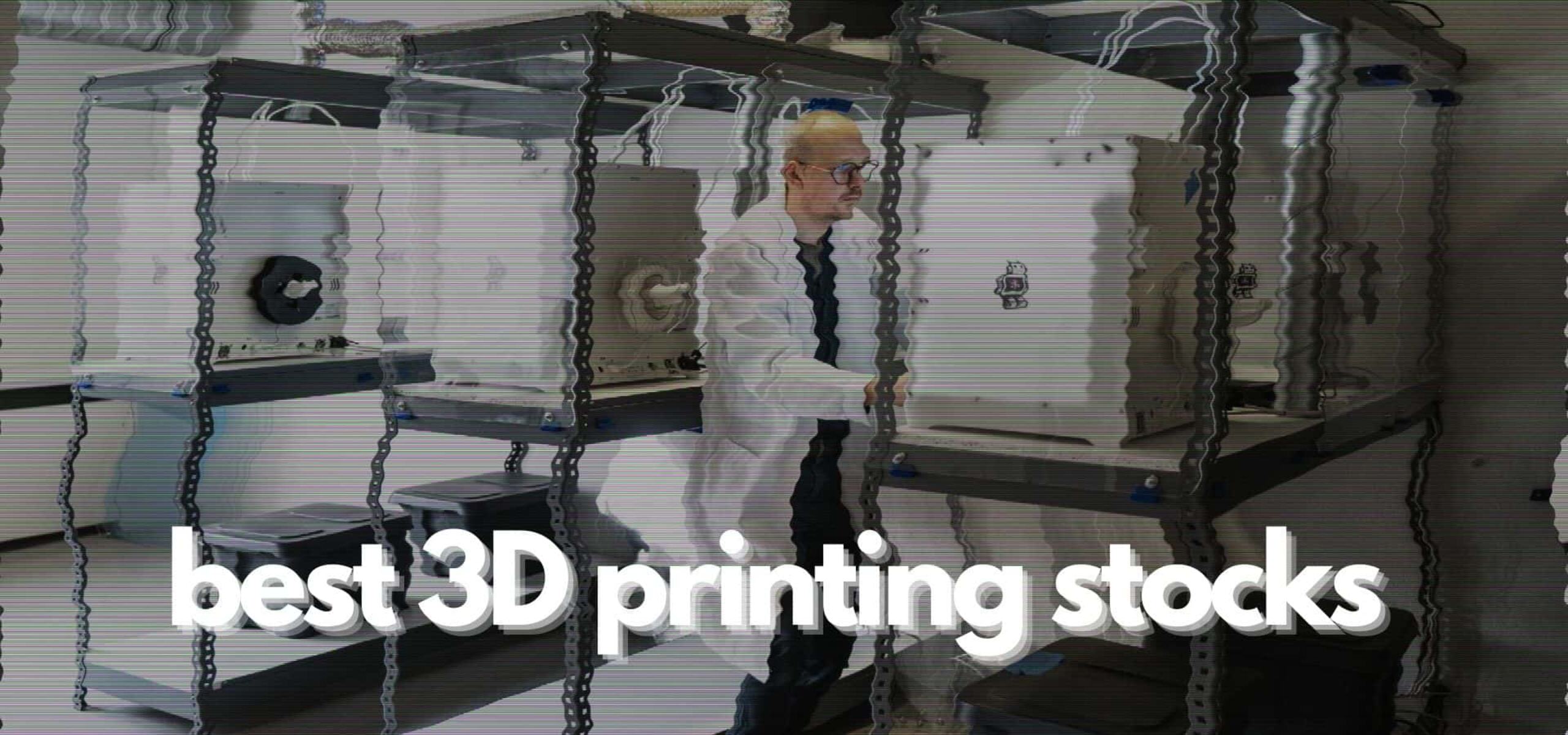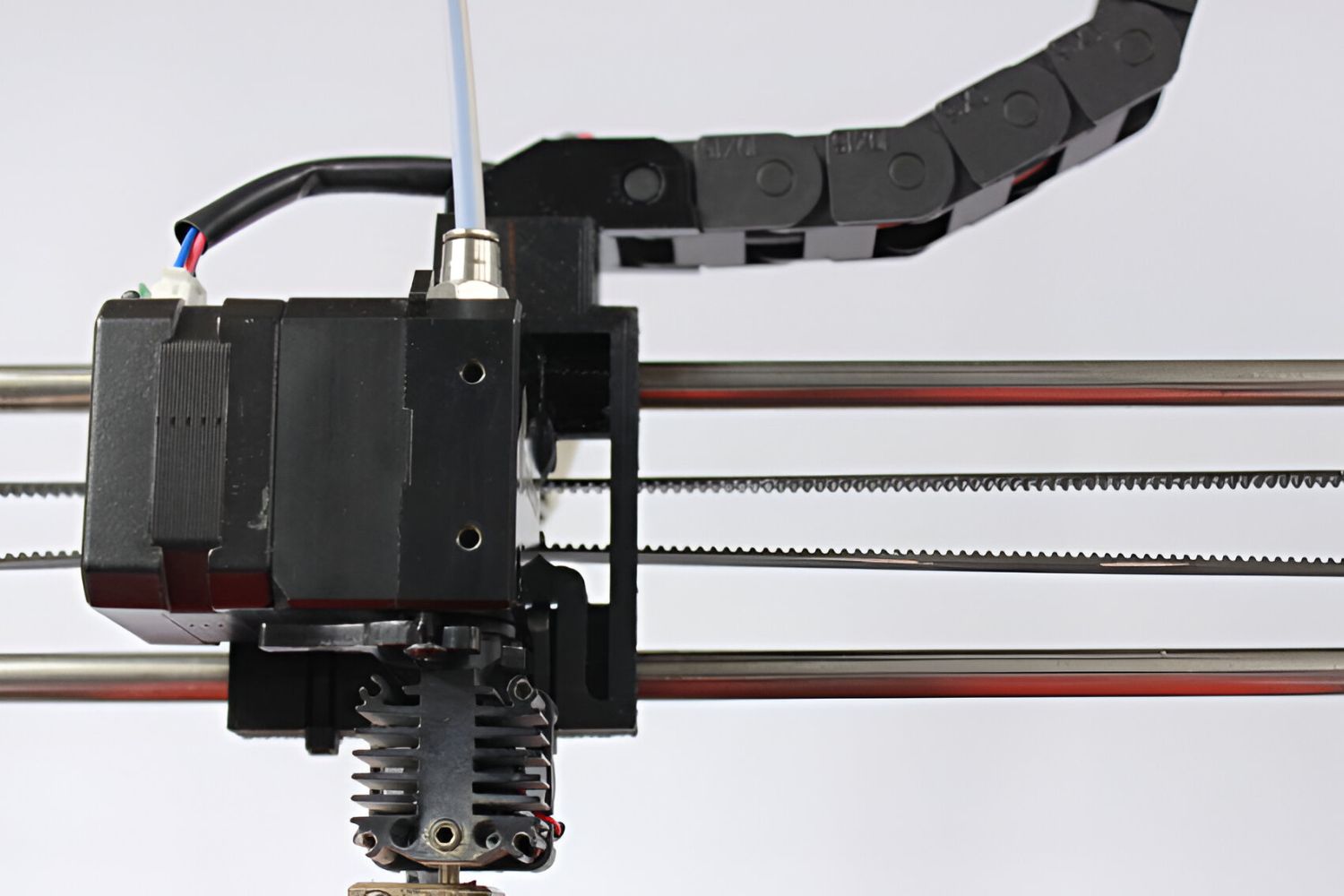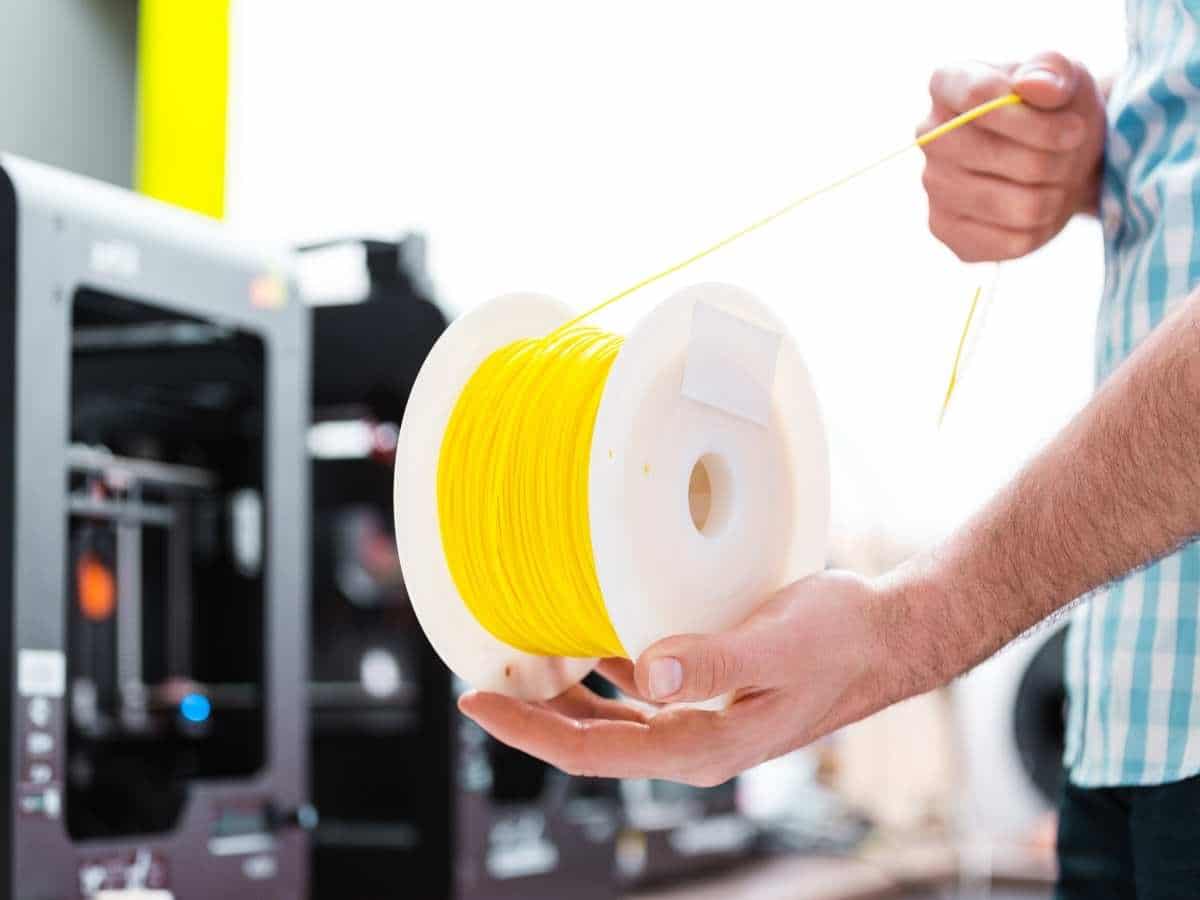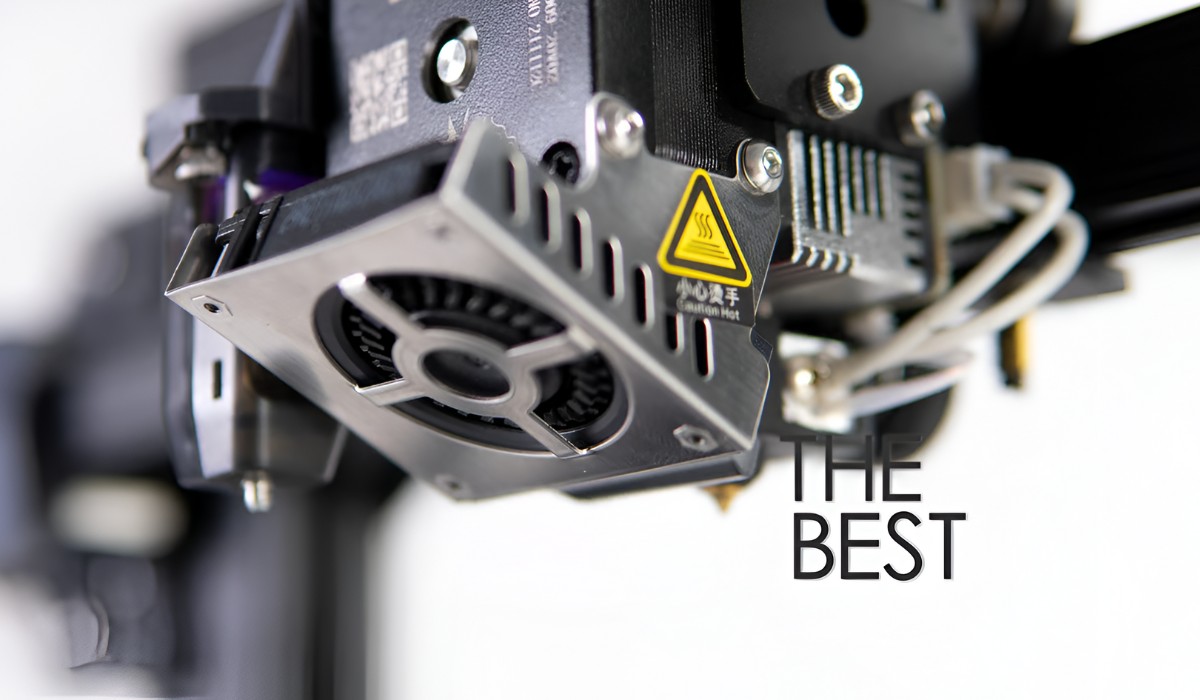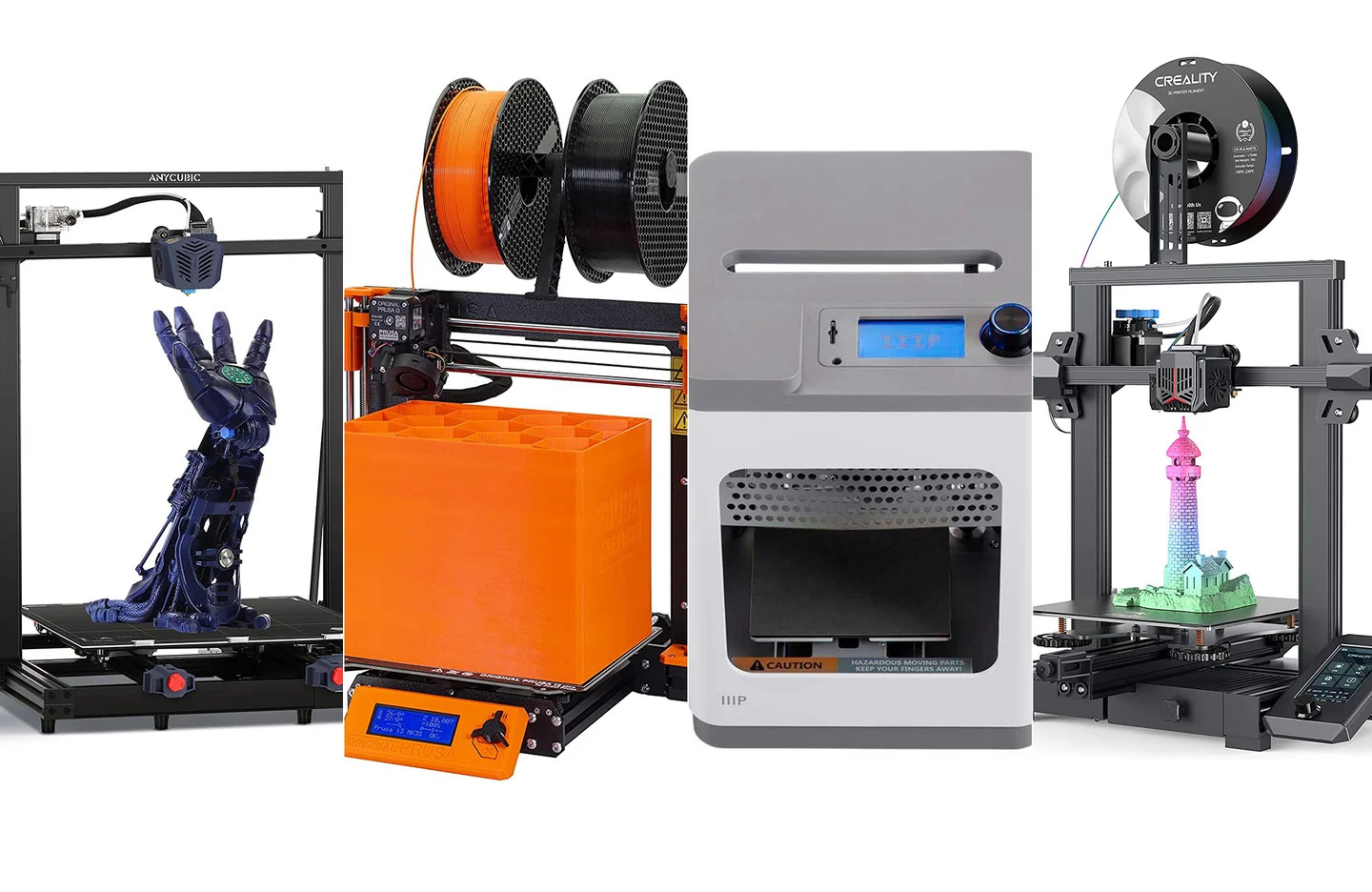Introduction
Welcome to the world of 3D printing – a revolutionary technology that has taken the manufacturing industry by storm. In recent years, 3D printing has gained significant momentum, transforming various sectors and opening up new possibilities for innovation. As an investor, understanding the potential of this rapidly growing industry is crucial in order to identify promising investment opportunities.
The 3D printing industry, also known as additive manufacturing, involves creating three-dimensional objects by layering materials based on digital designs. This breakthrough technology has the potential to disrupt traditional manufacturing processes, offering greater flexibility, cost-efficiency, and customization.
While 3D printing was initially used for prototyping and small-scale production, it has now expanded to various sectors including aerospace, automotive, healthcare, and consumer goods. This widespread adoption is driven by advancements in materials, software, and machines, making it a compelling time to invest in 3D printing stocks.
Investing in 3D printing stocks can offer attractive returns, but it’s important to navigate this dynamic market with caution. This guide will provide you with valuable insights and guidance on where to invest in 3D printing stocks, the key factors to consider, top companies to watch, and practical investing strategies. Keep in mind that investing in stocks always carries risks, and thorough research and analysis are paramount to successful investing.
Whether you’re a seasoned investor or new to the stock market, understanding the 3D printing industry and its investment potential is crucial. So, let’s delve into the exciting world of 3D printing and explore the opportunities it holds for investors like you.
Overview of the 3D Printing Industry
The 3D printing industry has experienced remarkable growth over the past decade, becoming a disruptive force in the manufacturing landscape. With its ability to create highly complex and customized objects, 3D printing has revolutionized the way products are designed, prototyped, and manufactured.
One of the key advantages of 3D printing is its versatility in working with a wide range of materials, including plastics, metals, ceramics, and even living tissue. This opens up endless possibilities in industries such as aerospace, healthcare, automotive, and consumer goods.
Traditional manufacturing methods often involve subtractive processes, where materials are cut, shaped, or molded to create the final product. In contrast, 3D printing utilizes an additive process, building objects layer by layer from a digital 3D model. This not only reduces waste but also allows for complex geometries and intricate designs that were previously impossible to achieve.
The market size of the 3D printing industry is expected to reach billions of dollars in the next few years, driven by increasing demand for customized products, rapid prototyping, and supply chain optimization. The adoption of 3D printing is projected to continue expanding across industries, leading to greater cost savings, faster production times, and improved product performance.
Moreover, advancements in 3D printing technologies are constantly pushing the boundaries of what is possible. From improved printing speeds and higher resolution to the development of new materials, the industry is evolving at a rapid pace. This presents not only investment opportunities but also challenges for investors to stay up-to-date with the latest trends and innovations.
It’s worth noting that while 3D printing offers numerous benefits, there are still limitations that need to be addressed. These include issues such as material limitations, high costs for certain applications, and the need for skilled personnel to operate and maintain 3D printers. However, as technology continues to advance and costs come down, these challenges are expected to diminish.
Overall, the 3D printing industry holds tremendous potential for investors, with its ability to disrupt traditional manufacturing processes, drive innovation, and transform various industries. Understanding the industry landscape and staying informed about the latest advancements will be key to making informed investment decisions in this dynamic and growing market.
Factors to Consider When Investing in 3D Printing Stocks
Investing in 3D printing stocks can be a lucrative opportunity, but it’s essential to consider several factors before making investment decisions. These factors will help guide your selection process and minimize risks. Here are key considerations to keep in mind:
- Market Potential: Assess the growth potential of the 3D printing market and the specific segments the company operates in. Look for industries that are embracing 3D printing and have long-term growth prospects.
- Company Financials: Consider the financial health and stability of the company. Evaluate its revenue growth, profitability, debt levels, and cash flow. A strong balance sheet and positive financial indicators can enhance the investment prospects.
- Technology and Innovation: Examine the company’s technological capabilities and its commitment to research and development. Companies investing in advanced printing technologies and materials are positioned for long-term success.
- Competitive Landscape: Understand the competitive environment and determine how the company differentiates itself from its competitors. A unique value proposition, strong intellectual property portfolio, and partnerships with industry leaders can provide a competitive advantage.
- Customer Base and Partnerships: Analyze the company’s customer base and strategic partnerships. A diverse customer base and collaborations with prominent companies can provide stability and access to new markets.
- Management Team: Evaluate the management team’s experience, track record, and vision. A competent and visionary leadership team can navigate challenges and drive growth.
- Regulatory Environment: Consider the regulatory framework and potential legal barriers that could impact the company’s operations. Compliance with industry standards and regulations is crucial for long-term success.
- Supply Chain: Assess the company’s supply chain and its ability to source materials and components efficiently. A robust and reliable supply chain is vital for meeting customer demands and maintaining competitive pricing.
It’s important to conduct thorough research and analysis to understand the opportunities and risks associated with investing in 3D printing stocks. Diversification within your portfolio is also a smart strategy to mitigate risks and capture potential upside from multiple companies within the industry.
Remember, investing in stocks always carries risks, and the 3D printing industry, while promising, is still evolving. Staying informed about industry trends, technological advancements, and market dynamics will help you make informed investment decisions and navigate the ever-changing landscape of the 3D printing industry.
Top 3D Printing Companies to Watch
Investing in 3D printing stocks requires identifying companies with strong growth potential and innovative technologies. While the industry is constantly evolving, here are some prominent 3D printing companies worth watching:
- Stratasys Ltd. (NASDAQ: SSYS): Stratasys is one of the pioneers in the 3D printing industry, offering a wide range of industrial-grade 3D printers and materials. They cater to various sectors, including aerospace, automotive, healthcare, and consumer goods. Stratasys continues to innovate with its multi-material and high-speed 3D printing technologies.
- 3D Systems Corporation (NYSE: DDD): 3D Systems is another industry leader, known for its scalable and versatile 3D printing solutions. They offer a comprehensive range of 3D printers, software, and materials to meet the demands of industries such as healthcare, aerospace, and automotive. 3D Systems boasts a strong intellectual property portfolio and a focus on advancing the potential of additive manufacturing.
- Proto Labs, Inc. (NYSE: PRLB): Proto Labs provides rapid prototyping and on-demand production services using 3D printing technologies. They offer a diverse range of materials and processes, allowing customers to quickly and cost-effectively test their designs. Proto Labs’ efficient production capabilities make them a key player in the fast-paced world of 3D printing.
- The ExOne Company (NASDAQ: XONE): ExOne specializes in industrial-grade 3D printers for sand and metal printing. Their binder jetting technology enables the production of complex metal parts with high precision, making them a preferred choice for industries such as aerospace, automotive, and energy. ExOne continues to innovate and expand its product offerings to meet evolving market needs.
- Materialise NV (NASDAQ: MTLS): Materialise is a leading provider of 3D printing software and services. They offer a full suite of software solutions for design optimization, simulation, and 3D printing process management. Materialise serves industries such as healthcare, automotive, and consumer goods, enabling companies to streamline their 3D printing workflows and maximize efficiency.
These companies have demonstrated their capabilities in the 3D printing industry and are well-positioned for future growth. However, it’s important to conduct thorough research and stay updated on industry developments to make informed investment decisions.
Keep in mind that the 3D printing industry is expansive, and there are many other players driving innovation and shaping the market. Exploring additional emerging companies and startups can also unearth investment opportunities in this dynamic and rapidly evolving sector.
Investing Strategies for 3D Printing Stocks
Investing in 3D printing stocks can be an exciting and potentially rewarding venture. However, it’s essential to approach it with a well-defined strategy to maximize your chances of success. Here are some strategies to consider when investing in 3D printing stocks:
- Long-Term Investment: Consider taking a long-term investment approach to capitalize on the growth potential of the 3D printing industry. This strategy involves identifying companies with strong fundamentals, innovative technologies, and a clear roadmap for future growth. Patience is key as it may take time for the market to fully recognize the value of these investments.
- Diversification: Spread your investment across multiple 3D printing stocks to mitigate risk. This strategy allows you to capture potential upside from different companies within the industry while reducing exposure to any single stock. Research and select a diversified portfolio of companies with varying market capitalizations, geographic locations, and areas of specialization.
- Monitor Technological Advancements: Stay abreast of the latest technological advancements in the 3D printing industry. Companies that are investing in cutting-edge technologies and materials could be poised for significant growth. Regularly research and evaluate the competitive landscape to identify industry leaders and emerging players with disruptive innovations.
- Follow Market Trends: Monitor market trends and industry forecasts to gauge the growth potential of the 3D printing market. Keep track of the adoption of 3D printing in key industries such as healthcare, aerospace, and automotive. Analyze market reports, industry conferences, and expert opinions to stay informed and make informed investment decisions.
- Stay Informed about Regulations: The 3D printing industry is subject to evolving regulatory frameworks. Be aware of any regulatory changes that may impact the companies you invest in. Stay informed about intellectual property law, export controls, and safety regulations to avoid any potential legal risks that could affect your investments.
- Monitor Financial Performance: Regularly review the financial performance and quarterly reports of the 3D printing companies in your portfolio. Pay attention to revenue growth, profit margins, and cash flow generation. Keep track of any significant contracts, partnerships, or acquisitions that could impact the company’s future prospects.
- Set Realistic Expectations: While the 3D printing industry holds significant potential, it’s important to set realistic expectations for your investments. Understand that this is a rapidly evolving industry, and companies may face challenges or fluctuations in stock prices. Be prepared for short-term volatility and focus on the long-term prospects of the companies you invest in.
Remember, investing in stocks always carries risks. Thorough research, diversification, and an informed strategy can help mitigate these risks and increase your chances of achieving favorable investment outcomes in the dynamic and exciting world of 3D printing stocks.
Risks and Challenges in the 3D Printing Industry
While the 3D printing industry holds immense promise, it’s important to be aware of the risks and challenges that come with investing in this dynamic market. Here are some key factors to consider:
- Market Volatility: The stock prices of 3D printing companies can be volatile, influenced by factors such as market sentiment, industry news, and technological advancements. Short-term fluctuations can impact your investments, so it’s crucial to have a long-term perspective and withstand market volatility.
- Competition: The 3D printing industry is highly competitive, with numerous companies vying for market share. Established players as well as emerging startups are constantly innovating and challenging each other. Intense competition can lead to price wars, reduced profit margins, and the risk of losing market relevance.
- Technological Advancements: While technological advancements drive the growth of the 3D printing industry, they also bring risks. Investing in companies using outdated technologies or failing to innovate can limit their competitiveness and growth prospects. Staying informed about emerging technologies is vital to identify companies with a clear technological roadmap.
- Intellectual Property Concerns: Intellectual property infringement is a significant challenge in the 3D printing industry. Protecting proprietary technologies and preventing unauthorized reproduction of designs and products is a constant battle. Companies with strong intellectual property portfolios and effective enforcement strategies are better positioned to mitigate these risks.
- Regulatory and Legal Issues: The 3D printing industry is subject to evolving regulations and legal issues. Compliance with industry standards, health and safety regulations, and intellectual property laws is essential. Changes in regulations or legal battles related to the use of 3D printing technology can impact companies’ operations and financial performance.
- Materials and Quality Control: The quality and reliability of 3D printed objects depend on the materials used and the printing process. Ensuring consistent quality control and material performance can be a challenge. Companies that prioritize material development, quality control mechanisms, and stringent manufacturing processes are better positioned for success.
- Cost and Affordability: While 3D printing offers benefits such as customization and rapid prototyping, it may still be cost-prohibitive for certain applications or industries. The cost of 3D printers and materials can pose challenges for widespread adoption. Companies that can offer cost-effective solutions or drive down production costs have a competitive advantage in the market.
It’s vital to assess and monitor these risks when investing in 3D printing stocks. Conduct thorough research, stay informed about industry trends, and regularly evaluate companies’ strategies, financial health, and competitive positioning. Diversification, long-term outlook, and the ability to adapt to market dynamics will help investors navigate the risks and challenges present in the ever-evolving 3D printing industry.
Conclusion
The 3D printing industry presents exciting opportunities for investors seeking exposure to a disruptive and innovative technology. With its potential to revolutionize manufacturing processes, create customized products, and drive efficiency, 3D printing is poised for continued growth. However, it’s crucial to approach investing in 3D printing stocks with careful consideration and a well-defined strategy.
In this guide, we explored the overview of the 3D printing industry, factors to consider when investing in 3D printing stocks, top companies to watch, investment strategies, and the risks and challenges associated with this dynamic market.
Understanding the market potential, evaluating company financials, monitoring technological advancements, and staying informed about the competitive landscape are key factors in making informed investment decisions. Diversification, long-term investment approaches, and realistic expectations can help mitigate risks and capture the potential upside of this evolving industry.
While there are risks and challenges, such as market volatility, competition, and regulatory issues, the 3D printing industry continues to evolve and offer exciting prospects. Keeping a close eye on industry trends, advancements in technology, and economic factors will help investors navigate the ever-changing landscape and identify promising investment opportunities.
Investing in 3D printing stocks requires thorough research, due diligence, and a long-term perspective. By staying informed, diversifying investments, and remaining focused on the strengths and growth potential of companies within the industry, investors can position themselves to benefit from the continued expansion and success of the 3D printing industry.







